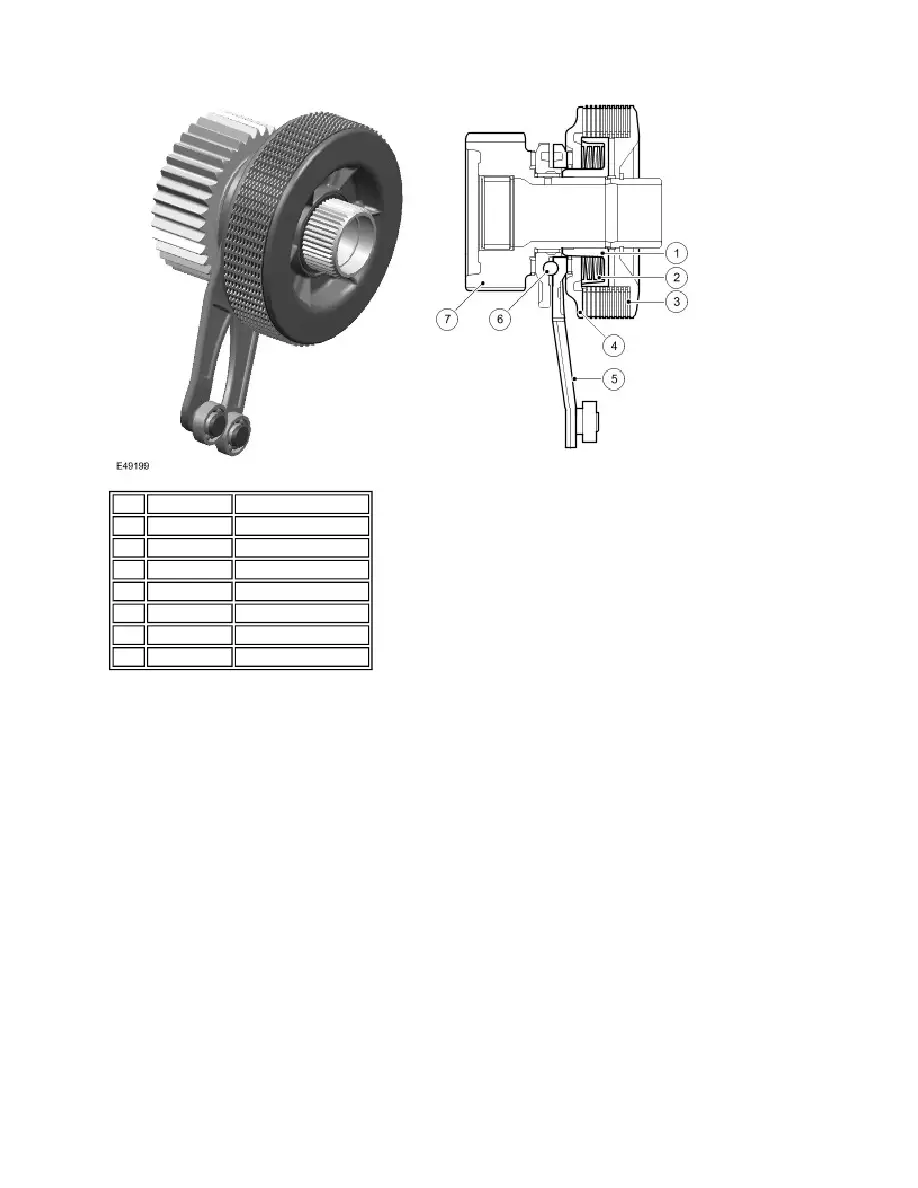LR3/Disco 3

The multi-plate clutch assembly for both centre and rear differentials act in a similar way. The aim of the multi-plate clutch
assembly is to prevent excessive differential slip and therefore maximise the traction performance of the vehicle. This is
fundamentally different from the 'braked' traction control, which can only counter act differential slip when it occurs.
A certain amount of differential slip is required to allow the vehicle to turn corners and to remain stable under control of
the Anti-lock Braking System (ABS). The transfer box control module monitors the driver's demands through primary
vehicle controls and automatically sets the slip torque at the differentials. The system is completely automatic and does
not require any special driver input.
The multi-plate clutch assembly actively controls the torque flow through the centre differential and optimises the torque
distribution in the driveline. The clutch assembly biases the torque from the transmission to the axle and wheels with the
higher grip and prevents the wheels with the lower grip from spinning.
The multi-plate clutch assembly comprises the sprocket (7), which is connected to the front differential side gear, the
motor levers (5) with the ball ramp mechanism (6), the clutch hub (1) as support for the clutch plates (3), the clutch piston
(4) to generate friction between the clutch plates, and a pack of cup springs (2) to return the clutch piston into its original
position.
One set of friction plates are connected to the clutch hub; the other set of friction plates are connected to the multi-plate
clutch basket, which is welded to the centre differential housing.
Multi-plate Clutch Actuation
Transfer box motor levers in initial position, multi-plate clutch open condition
Item Part Number
Description
1
-
Clutch hub
2
-
Cup springs
3
-
Clutch plates
4
-
Clutch piston
5
-
Motor levers
6
-
Ball ramp mechanism
7
-
Sprocket
